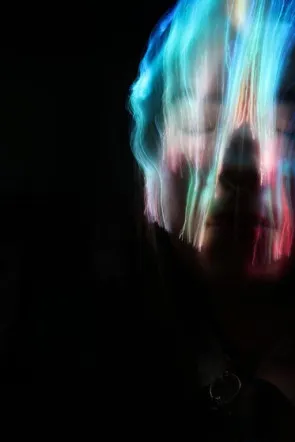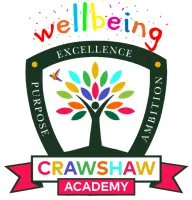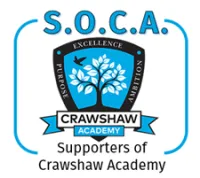At Key Stage 3 the emphasis is placed upon the acquisition and development of skills. Students complete a variety of projects throughout the year which cover a variety of different art specialisms from drawing, painting, printmaking, mixed media collage, textiles and three-dimensional design. Students will research artists from different art periods to discover both conventional and unconventional processes and use these to develop their own ideas. The Curriculum Map for Art outlines the schemes of work for this year.
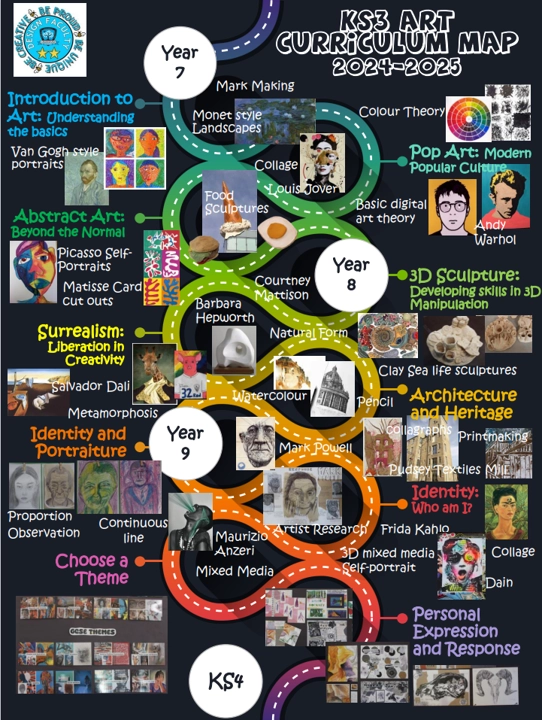
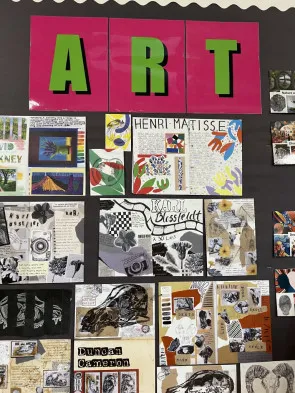 In Year 7 Students fulfil a broad foundation year where they will learn the importance of formal elements in Art. In the Autumn Term, students will develop their skills of using line, mark making, texture, form and colour through different media and from analysing the work of Vincent Van Gogh’s work. In the Spring Term they progress onto Pop Art Culture and create their own responses from a variety of artists such as Michael Opie and Andy Warhol. During the Summer Term students explore Modern Art and the work of various artists. They also create a 3D outcome based on Food.
In Year 7 Students fulfil a broad foundation year where they will learn the importance of formal elements in Art. In the Autumn Term, students will develop their skills of using line, mark making, texture, form and colour through different media and from analysing the work of Vincent Van Gogh’s work. In the Spring Term they progress onto Pop Art Culture and create their own responses from a variety of artists such as Michael Opie and Andy Warhol. During the Summer Term students explore Modern Art and the work of various artists. They also create a 3D outcome based on Food.
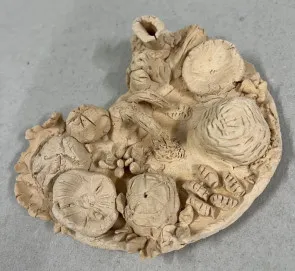 In Year 8 Students show progress by learning new skills and develop existing ones by working with different media. In the Autumn Term students learn about different artists that look at nature for inspiration and create ideas for a Sealife sculpture, realising their ideas by working with clay. In the Spring Term students investigate Surrealism and produce their own response using paint and mixed media, based on creatures and human form. In the Summer Term students experience the world of Architecture, focussing on local Textile mills and churches. They use a variety of techniques to explore the Architecture of Pudsey, including Collagraphy print making, pencil and watercolour.
In Year 8 Students show progress by learning new skills and develop existing ones by working with different media. In the Autumn Term students learn about different artists that look at nature for inspiration and create ideas for a Sealife sculpture, realising their ideas by working with clay. In the Spring Term students investigate Surrealism and produce their own response using paint and mixed media, based on creatures and human form. In the Summer Term students experience the world of Architecture, focussing on local Textile mills and churches. They use a variety of techniques to explore the Architecture of Pudsey, including Collagraphy print making, pencil and watercolour.
In Year 9 Students progress further by honing skills learnt in Year 7 and 8, creating mixed media artwork based on Portraits and Identity. Students will experiment with their own ideas through painting, drawing, collage and print. They learn about the work of other portrait artists such as Mark Powell and DAIN. Later in the academic year students will embark on their Personal Expression Project, students choose what theme they wish to study and investigate. They follow the GCSE format and Assessment objectives to express their feelings, thoughts and aspirations.
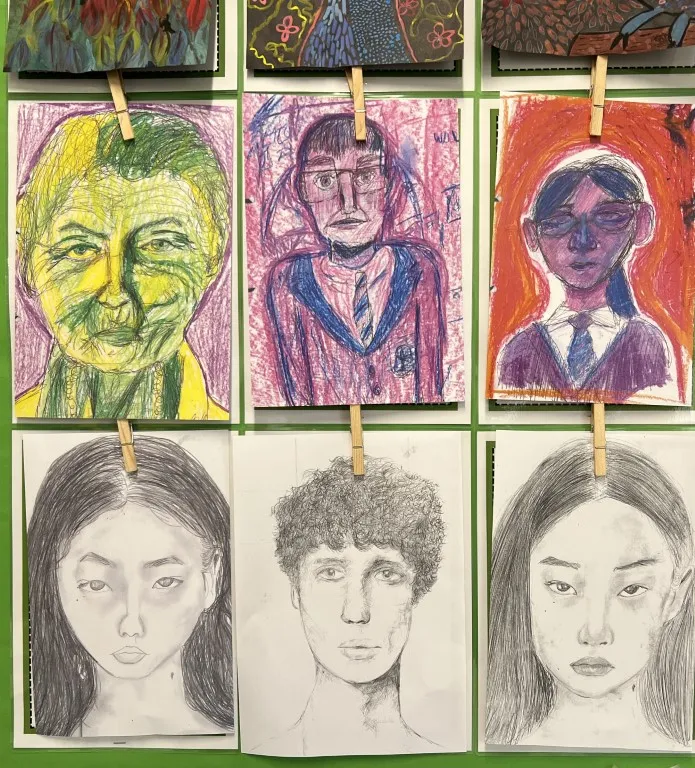

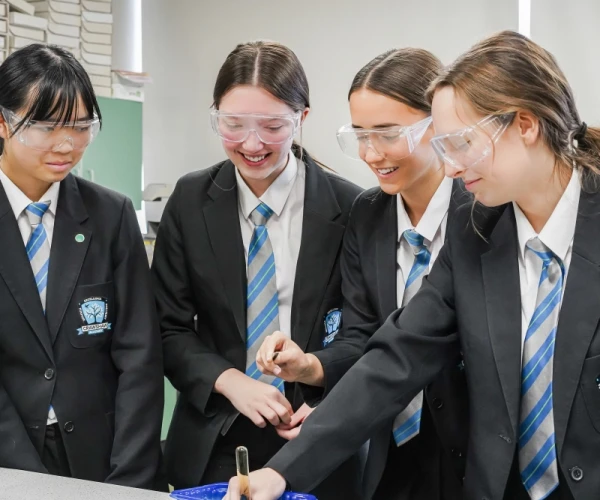
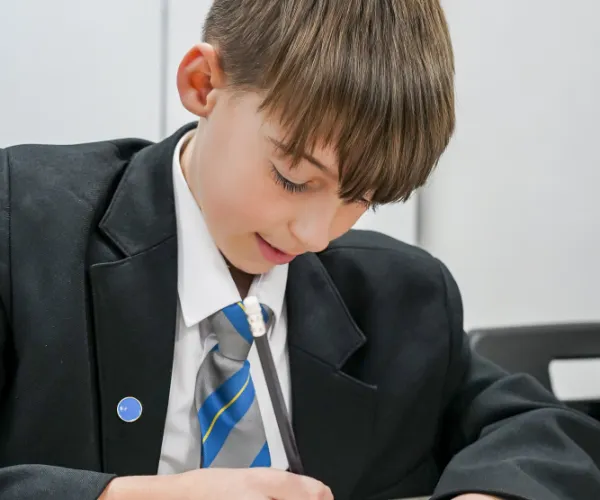
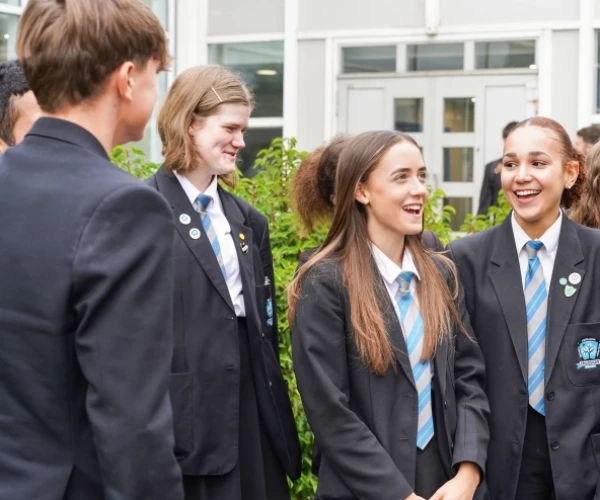
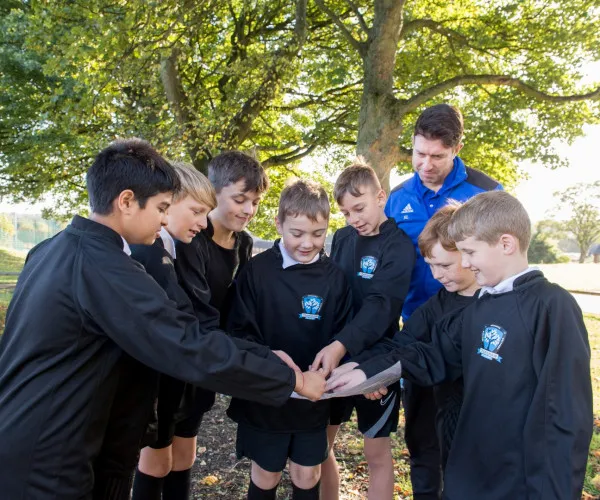
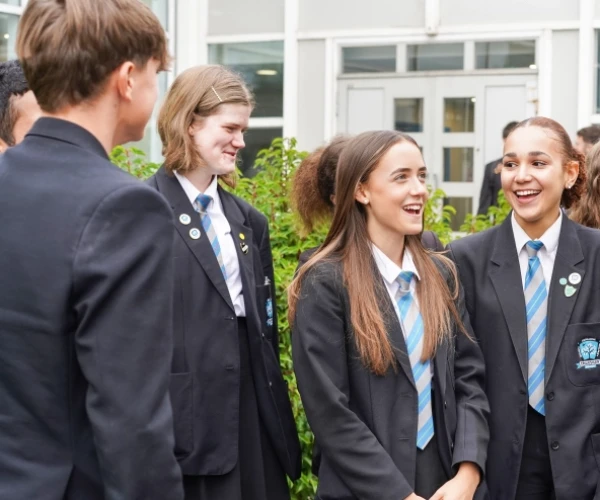
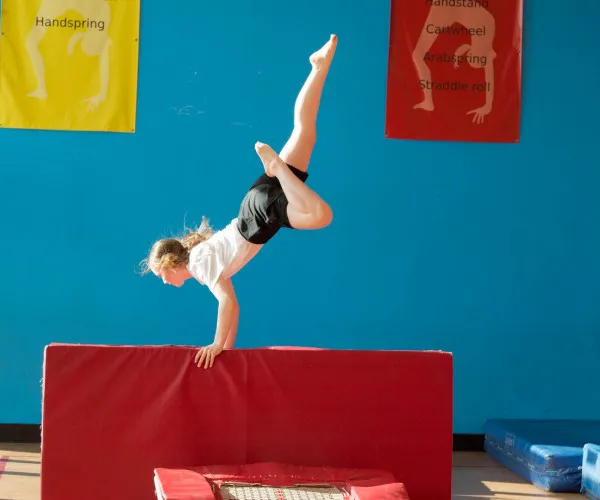
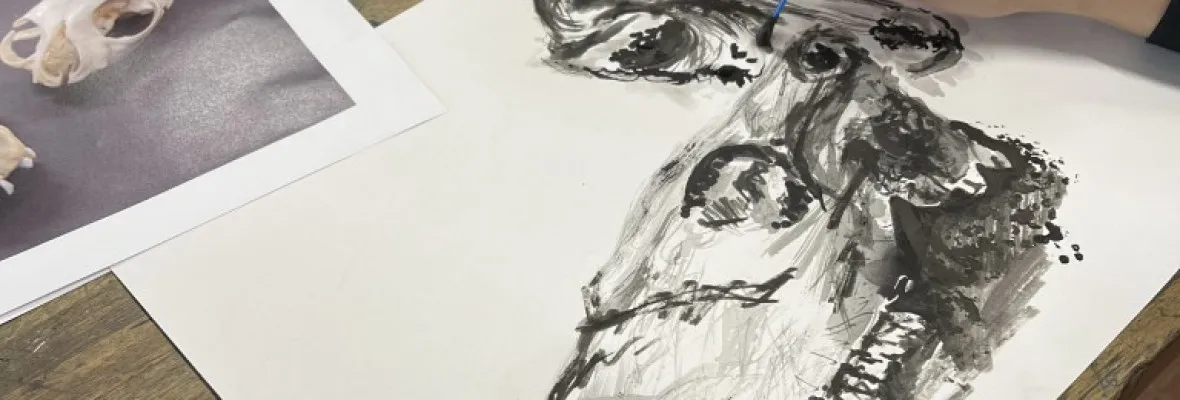
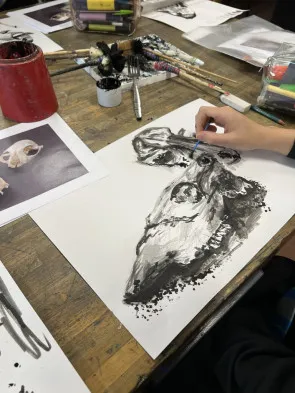 Aims
Aims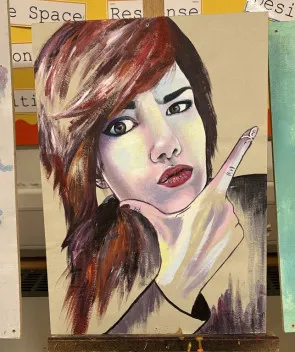 Content
Content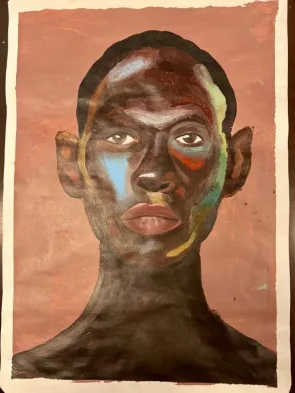 Assessment
Assessment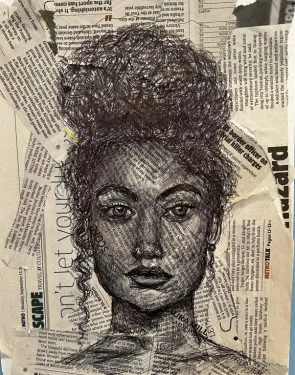 Useful websites for Art and Photography
Useful websites for Art and Photography